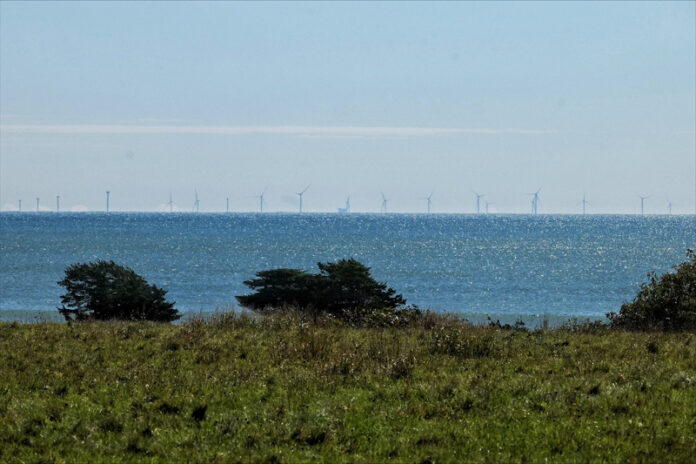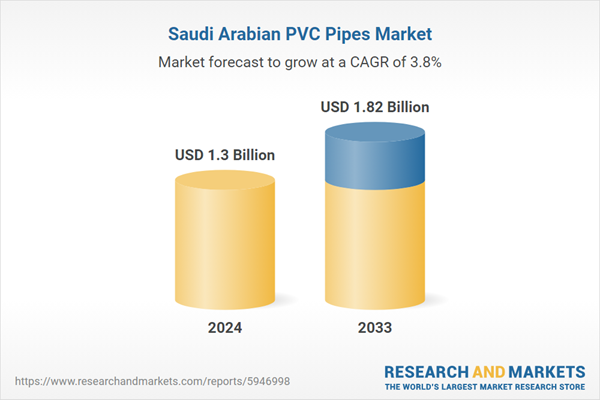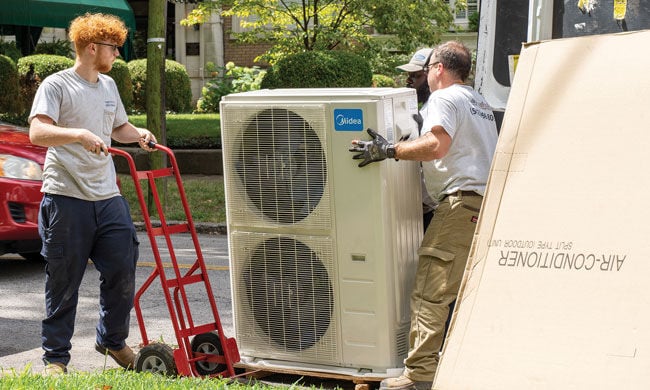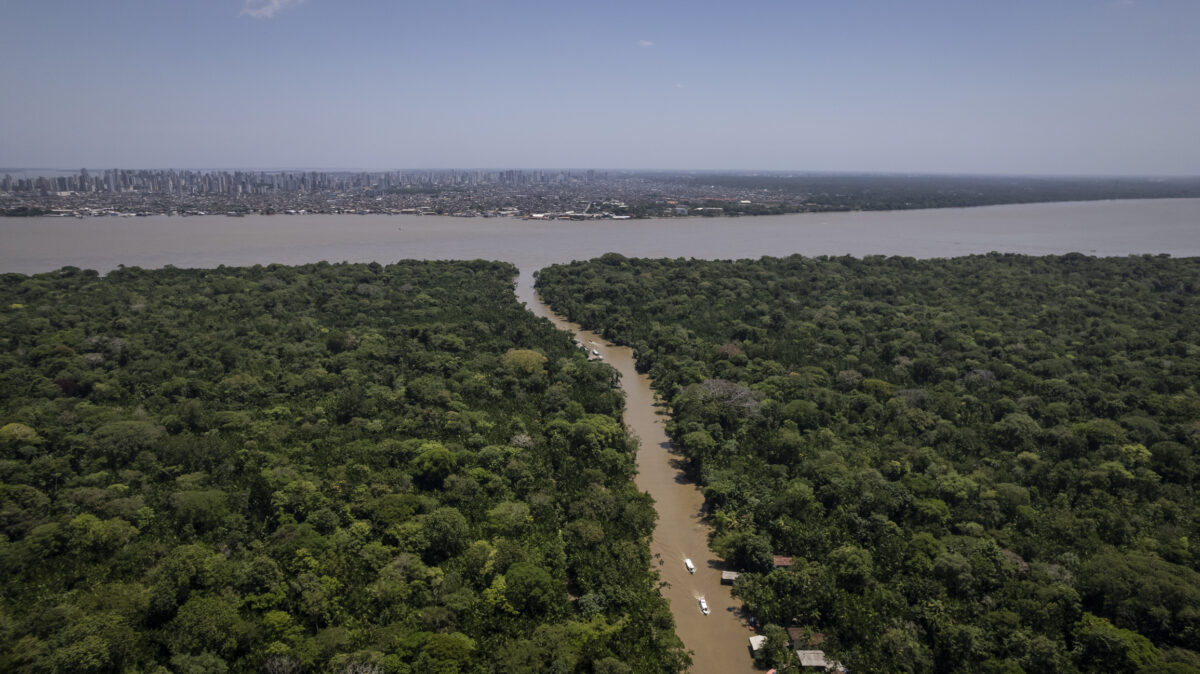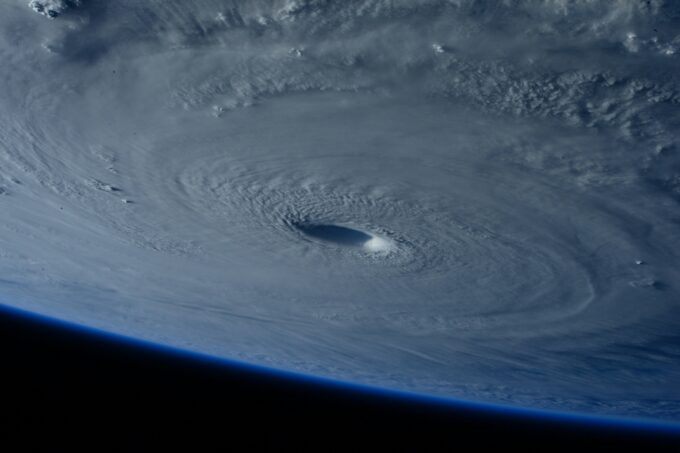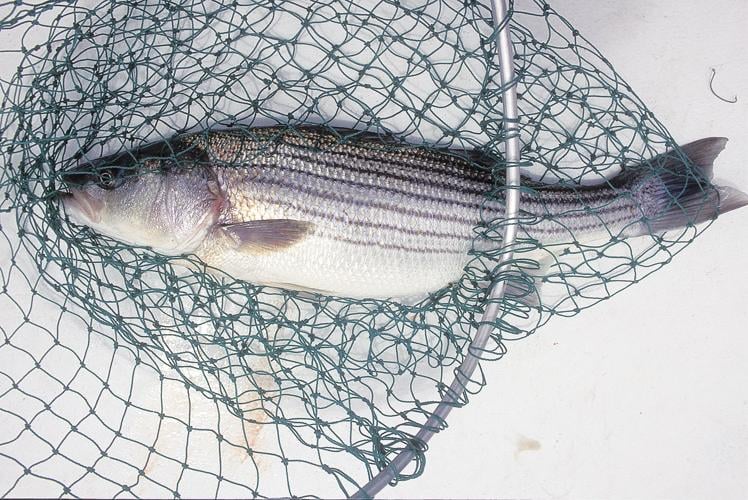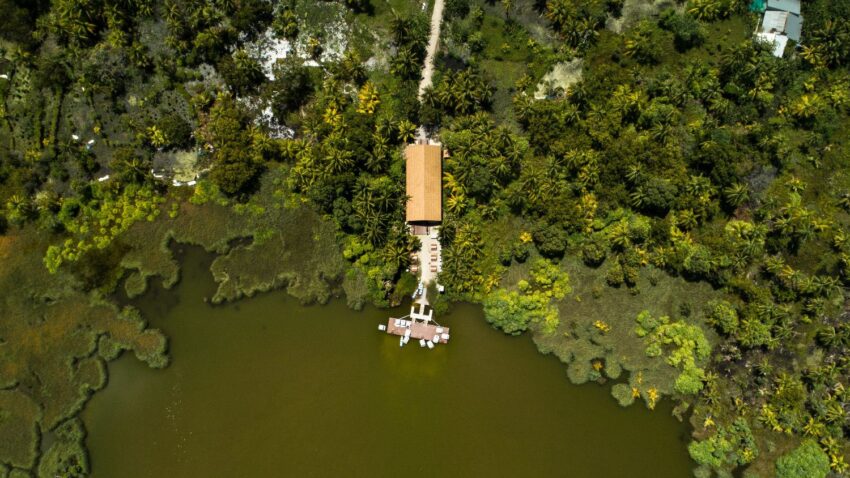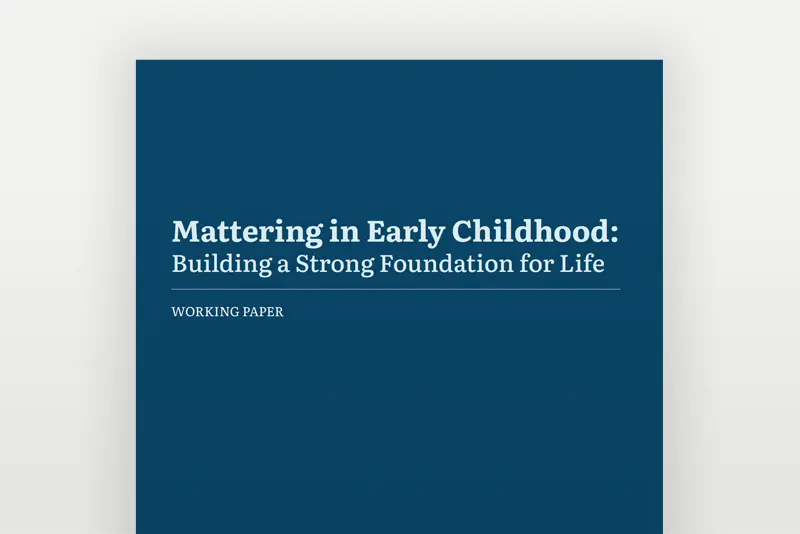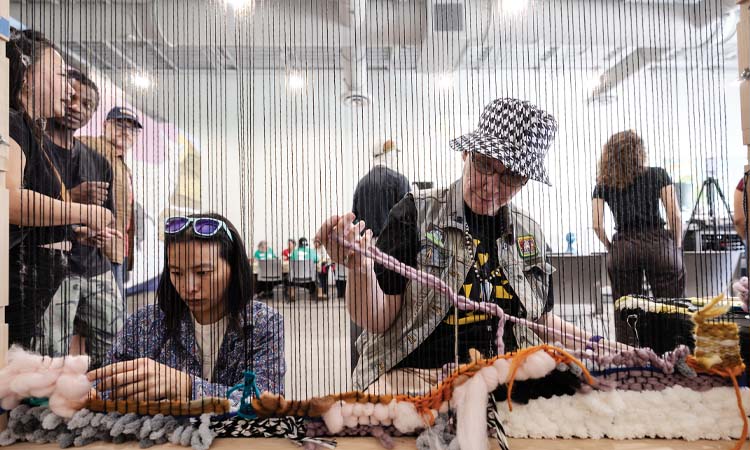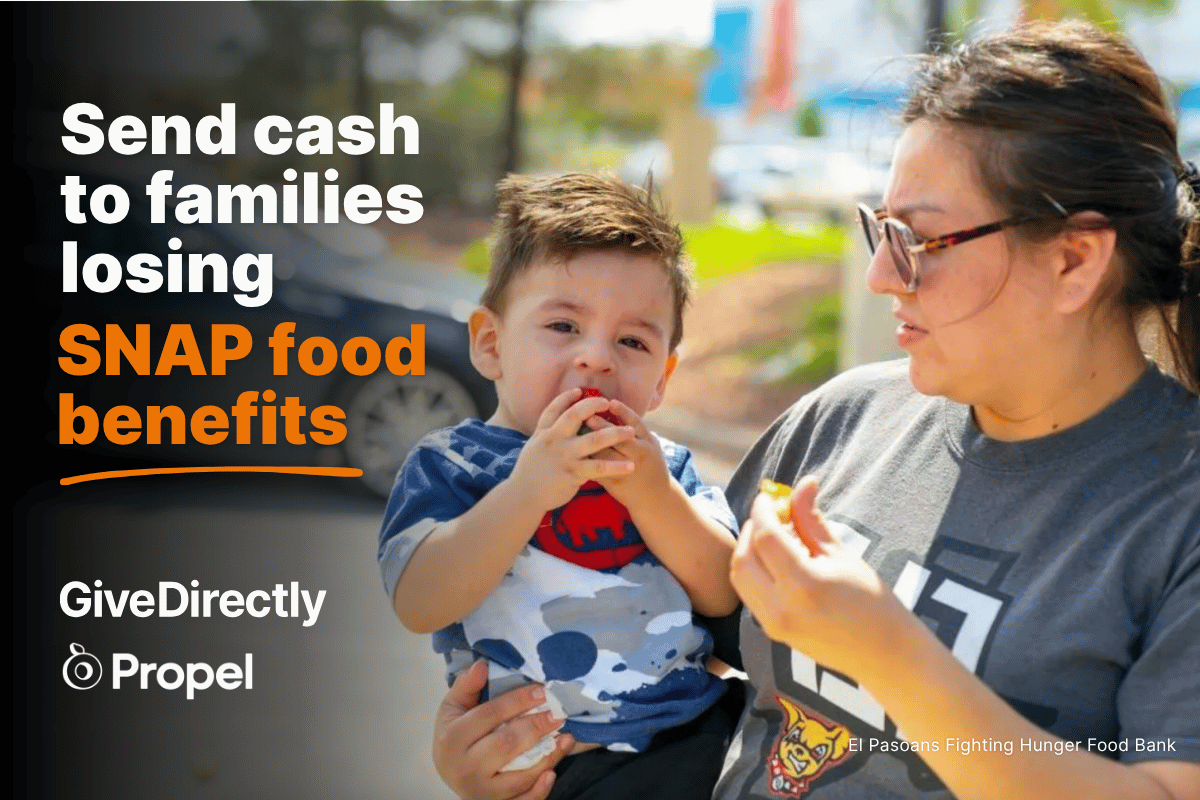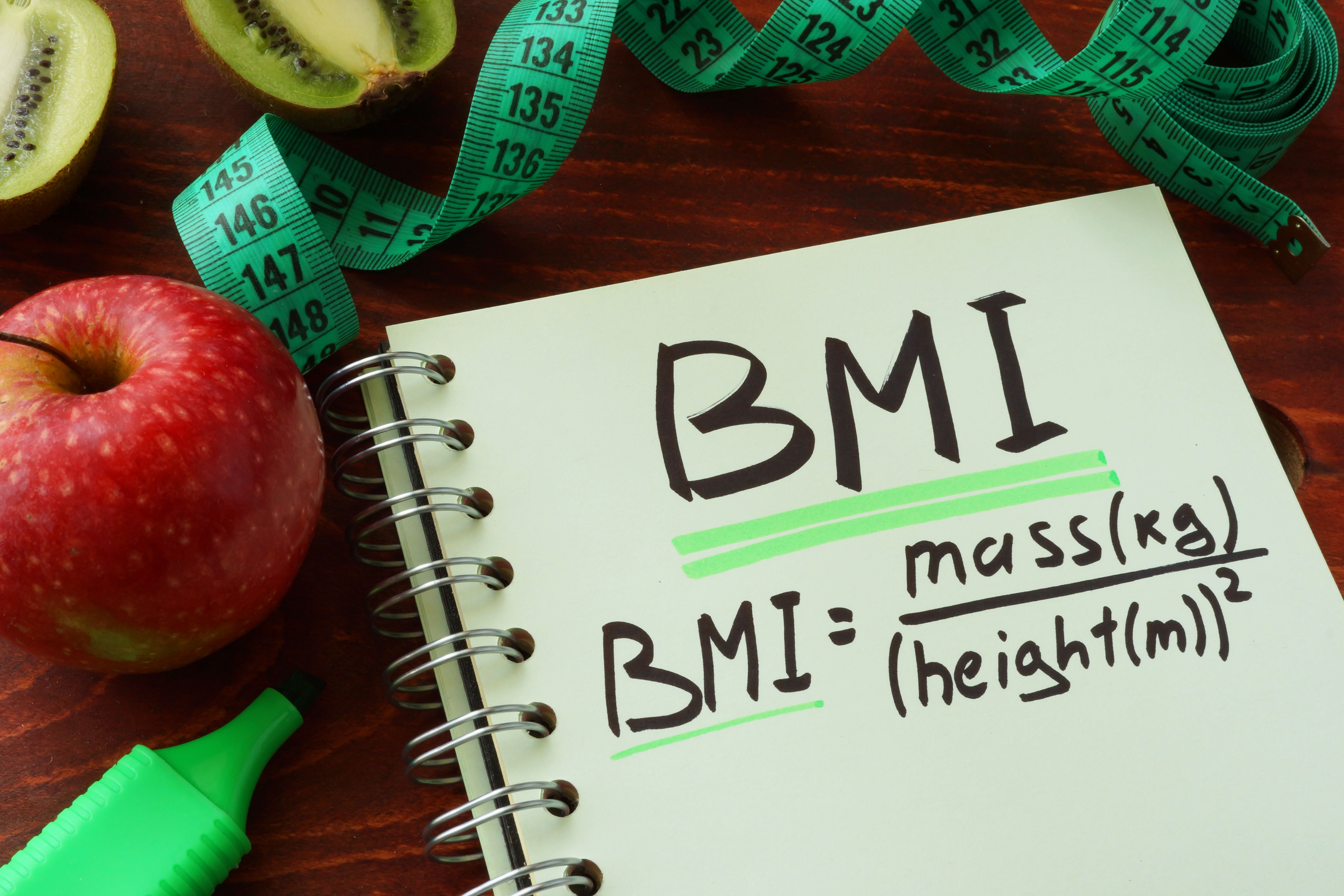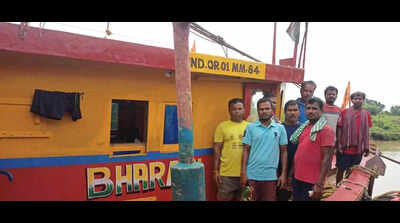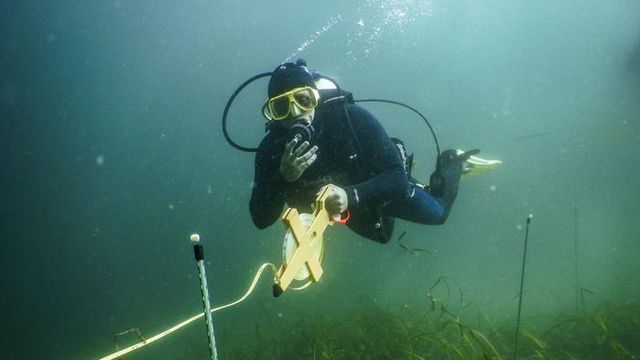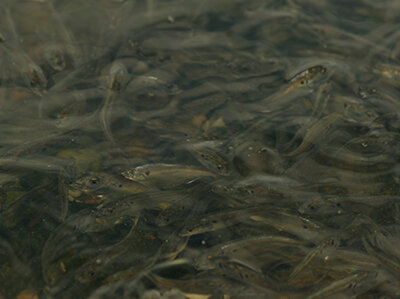Virginia Marine Resources Commission considers requiring devices on crab pots to protect terrapins – The Virginian-Pilot
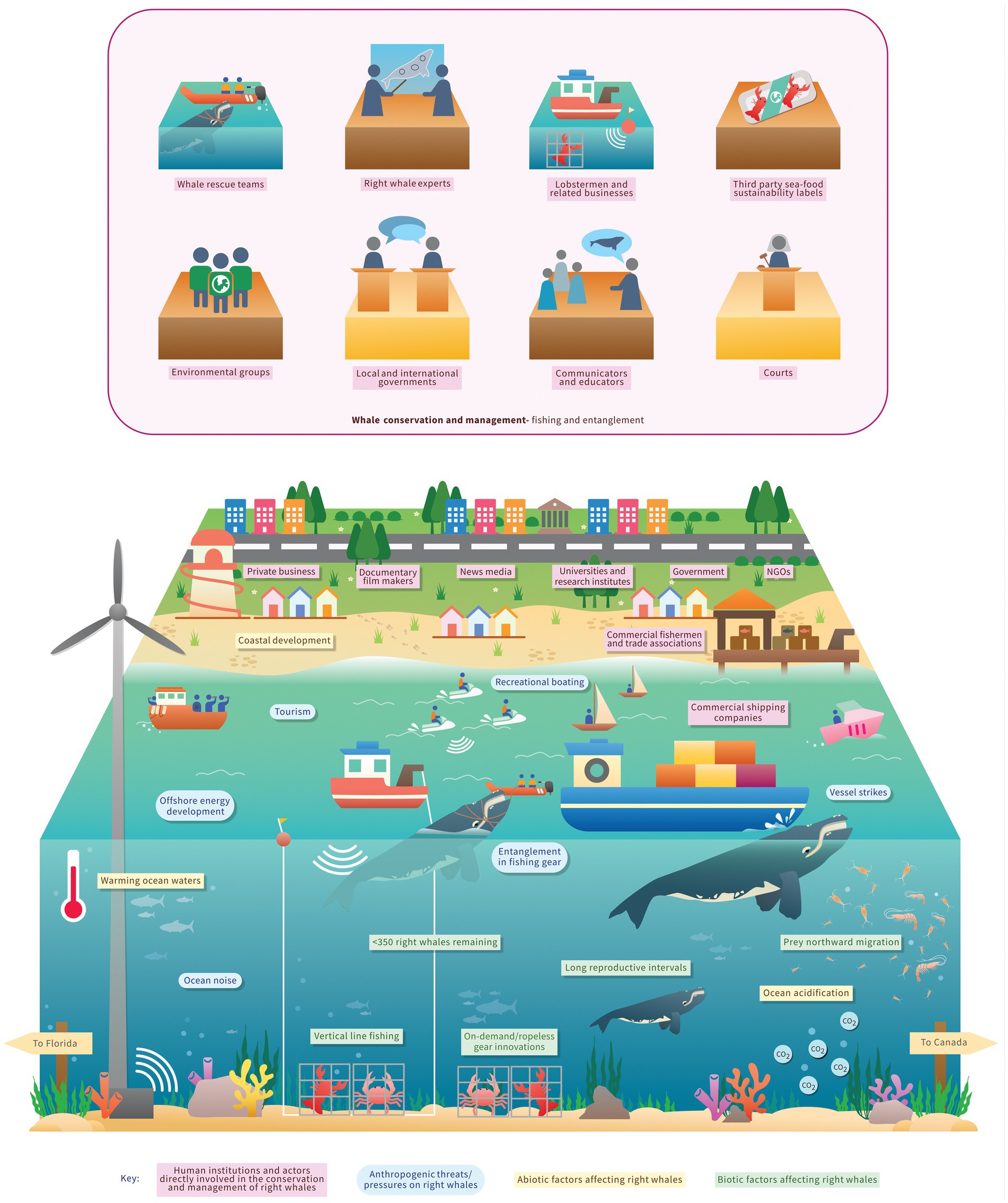
Regulatory Review of Crabbing Practices in Virginia to Align with Sustainable Development Goals
The Virginia Marine Resources Commission (VMRC) has initiated a review of crabbing regulations to address environmental impacts on local wildlife, a move that directly corresponds with the objectives of the United Nations Sustainable Development Goals (SDGs). The focus of the review is the implementation of modifications to crab pots to prevent the unintentional capture and drowning of diamondback terrapins, thereby advancing goals for sustainable marine ecosystems.
Impact on Marine Ecosystems and SDG 14 (Life Below Water)
The primary driver for this regulatory review is the significant threat that current crabbing practices pose to marine biodiversity, a core concern of SDG 14. The case of the diamondback terrapin highlights the conflict between economic activity and environmental stewardship.
The Threat to Diamondback Terrapin Populations
Diamondback terrapins are a keystone species in the brackish water ecosystems of the East Coast. Their unintentional capture in crab pots represents a major challenge to local biodiversity and the health of coastal habitats, undermining SDG Target 14.2, which calls for the sustainable management and protection of marine and coastal ecosystems.
- Ecological Role: Terrapins contribute to ecosystem stability by controlling populations of snails that cause erosion, and their eggs are a food source for predatory birds.
- Mortality from Bycatch: Submerged crab pots, particularly those within 150 feet of shore, act as fatal traps. Studies cited in a petition to the VMRC estimate that active and abandoned crab pots are responsible for 60,000 to 80,000 terrapin deaths annually.
- Marine Debris: The issue is compounded by abandoned fishing gear. One study identified upwards of 32,000 derelict crab pots in the Virginia waters of the Chesapeake Bay, contributing to marine pollution as outlined in SDG Target 14.1.
Proposed Solutions for Bycatch Reduction
In response to these threats, environmental groups have petitioned for the mandatory use of bycatch reduction devices, specifically Turtle Excluder Devices (TEDs). These simple, low-cost attachments to crab pot funnels prevent terrapins from entering while allowing crabs to pass. The adoption of such technology aligns with SDG Target 14.4, which aims to end destructive fishing practices.
Policy and Governance for Sustainable Resource Management
The VMRC’s decision-making process reflects the complexities of implementing policies that balance economic interests with conservation mandates, a central theme in SDG 12 (Responsible Consumption and Production) and SDG 17 (Partnerships for the Goals).
Petition and Commission Response
A formal petition was submitted by environmental organizations, including the Center for Biological Diversity, calling for comprehensive regulation.
- Petition Request: The petitioners asked the VMRC to mandate the use of TEDs on all commercial and recreational crab pots in Virginia waters.
- Commission Decision: The VMRC denied the petition for a universal mandate, citing concerns about enforcement on commercial crabbing operations. However, the commission voted unanimously to formally review the requirement of TEDs for recreational crab pots.
Advancing Responsible Production and Consumption (SDG 12)
The review of recreational crabbing gear is a step toward achieving sustainable management of natural resources (SDG Target 12.2). By considering regulations that mitigate environmental harm, the VMRC is exploring how resource-based industries can operate more sustainably, ensuring that production and consumption patterns do not lead to the degradation of marine ecosystems.
Broader Context and Future Outlook
Virginia’s actions are situated within a larger regional and global effort to promote marine conservation and sustainable practices.
Regional Precedents and Collaborative Efforts (SDG 17)
Several other states have already implemented similar protective measures, demonstrating a regional trend toward greater environmental responsibility. The dialogue between the VMRC and environmental groups exemplifies the multi-stakeholder partnerships essential for achieving the SDGs.
- States with Universal TED Requirements: New York and New Jersey mandate bycatch reduction devices on both commercial and recreational pots.
- States with Recreational TED Requirements: Delaware, Florida, and Maryland require the devices on recreational pots only.
Protecting Biodiversity for SDG 15 (Life on Land)
While terrapins are aquatic, their protection is integral to the preservation of coastal biodiversity, which connects to SDG 15. Halting biodiversity loss (SDG Target 15.5) requires proactive measures to protect species like the diamondback terrapin, which, although not officially endangered, face significant population risk from human activities.
Next Steps
Stakeholders, while disappointed that a universal mandate was not adopted, view the commission’s review as a positive development. Tara Zuardo of the Center for Biological Diversity stated, “We look forward to working with the commission to expand the use of these commonsense measures.” The forthcoming review for recreational crab pots marks an important opportunity for Virginia to strengthen its commitment to marine sustainability and contribute to the global Sustainable Development Goals.
SDGs Addressed in the Article
- SDG 14: Life Below Water – This is the most relevant goal, as the article focuses on protecting a marine species (diamondback terrapins) in brackish water ecosystems from the harmful effects of human activities (crabbing).
- SDG 15: Life on Land – Although terrapins live in water, they are a crucial part of the broader coastal ecosystem that connects water and land. The article notes their role in controlling snail populations and as a food source for predatory birds, linking their survival to the health of local biodiversity, a key aspect of SDG 15.
- SDG 12: Responsible Consumption and Production – The article discusses modifying crabbing practices (a form of production/consumption) to make them more sustainable and reduce their negative impact on non-target species. The debate over regulations for commercial and recreational crabbing relates to sustainable practices.
Relevant SDG Targets
SDG 14: Life Below Water
- Target 14.1: By 2025, prevent and significantly reduce marine pollution of all kinds, in particular from land-based activities, including marine debris and nutrient pollution.
- Explanation: The article directly addresses this target by highlighting the problem of marine debris. It states, “One study cited in the petition found that upwards of 32,000 abandoned crab pots have been found in the Virginia waters of the Chesapeake Bay.” These abandoned pots are a form of marine debris that continues to harm wildlife.
- Target 14.2: By 2020, sustainably manage and protect marine and coastal ecosystems to avoid significant adverse impacts… and take action for their restoration.
- Explanation: The entire article is about an effort to protect the coastal ecosystem of the Chesapeake Bay from the adverse impact of crab pots. The diamondback terrapins are described as an “important middleman species for local ecosystems,” and the proposed regulations are a direct action to protect this ecosystem.
- Target 14.4: By 2020, effectively regulate harvesting and end… destructive fishing practices…
- Explanation: The unintentional capture and killing of terrapins is a form of bycatch, which is considered a destructive fishing practice. The proposal to “require turtle excluder devices, or TEDs, on crab pots” is a measure to regulate harvesting methods to make them less destructive.
SDG 15: Life on Land
- Target 15.5: Take urgent and significant action to reduce the degradation of natural habitats, halt the loss of biodiversity and, by 2020, protect and prevent the extinction of threatened species.
- Explanation: The article states that “Way too many turtles are killed each year by crab traps” and that the pots “pose a sizable risk for the species.” The effort to implement regulations is an urgent action aimed at halting the loss of this specific component of local biodiversity.
SDG 12: Responsible Consumption and Production
- Target 12.2: By 2030, achieve the sustainable management and efficient use of natural resources.
- Explanation: The discussion around mandating TEDs for recreational and commercial crabbing is a conversation about ensuring the sustainable management of coastal resources. The article mentions that the proposed solution involves “simple, affordable bycatch reduction devices,” which points toward achieving more sustainable production patterns in the crabbing industry.
Indicators for Measuring Progress
- Number of abandoned crab pots: The article provides a clear, quantifiable indicator by stating, “upwards of 32,000 abandoned crab pots have been found.” Progress towards Target 14.1 could be measured by a reduction in this number through removal efforts or prevention.
- Terrapin mortality rate from crab pots: A direct indicator of the problem’s scale is mentioned: “active and abandoned crab pots can kill 60,000 to 80,000 terrapins each year.” Measuring a decrease in this annual mortality rate would show progress towards protecting the species (Targets 14.2, 14.4, 15.5).
- Adoption rate of Turtle Excluder Devices (TEDs): The core proposal is to “require turtle excluder devices, or TEDs, on crab pots.” An implied indicator is the number or percentage of crab pots (both recreational and commercial) that are fitted with these devices. An increase in this rate would measure the implementation of the protective measures discussed.
Summary Table of SDGs, Targets, and Indicators
| SDGs | Targets | Indicators |
|---|---|---|
| SDG 14: Life Below Water | 14.1: Reduce marine pollution and debris. | Number of abandoned crab pots found in the Chesapeake Bay. |
| SDG 14: Life Below Water | 14.2: Protect and restore marine and coastal ecosystems. | Annual mortality rate of diamondback terrapins from crab pots. |
| SDG 14: Life Below Water | 14.4: End destructive fishing practices. | Adoption rate of Turtle Excluder Devices (TEDs) on crab pots. |
| SDG 15: Life on Land | 15.5: Halt biodiversity loss. | Annual mortality rate of diamondback terrapins from crab pots. |
| SDG 12: Responsible Consumption and Production | 12.2: Achieve sustainable management of natural resources. | Adoption rate of Turtle Excluder Devices (TEDs) on recreational and commercial crab pots. |
Source: pilotonline.com

What is Your Reaction?
 Like
0
Like
0
 Dislike
0
Dislike
0
 Love
0
Love
0
 Funny
0
Funny
0
 Angry
0
Angry
0
 Sad
0
Sad
0
 Wow
0
Wow
0
























